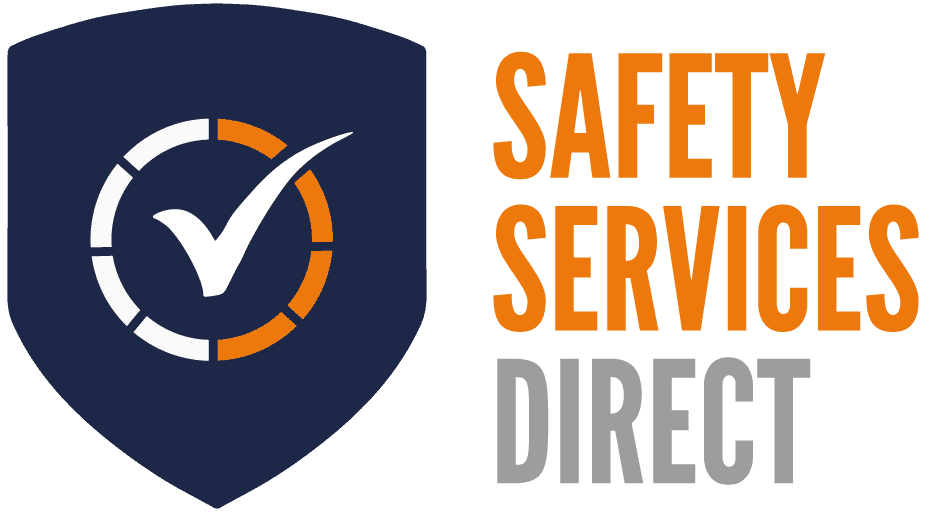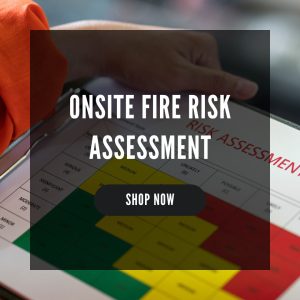In our fast-paced world, where competition between companies grows ever more fierce, organisations need to keep on top of the ball. Gone are the days when you could offer a great service or product, and that’s enough to get by; here are the days where excellence is the pursuit and success the goal, and organisations are constantly seeking ways to enhance their processes, mitigate risks, and achieve superior performance.
This is where gap analysis comes in, especially when aligned with international standards like ISO 9001, ISO 14001, and ISO 45001. In this article, Safety Services Direct delves into the complexities of gap analysis, exploring its definition, purpose, importance, and the benefits it offers businesses.
What is Gap Analysis?
In simple terms, gap analysis is a strategic tool used to evaluate the difference (or “gap”) between an organisation’s current performance and its goal or benchmarked state.
By evaluating and comparing existing practices against predefined criteria, businesses or their professional consultants can unearth performance gaps, areas of improvement, inefficiencies, and deviations from industry standards. This process enables organisations to identify where they are lacking, set objectives for growth, and create actionable plans for reaching those objectives.
A gap analysis generally operates on a strategic and an operational level. On the strategic level, it compares your company to the industry standard. On an operational level, it can compare your business’s performance with your predetermined goals. On this level, a gap analysis process plays a crucial role in understanding internal and external factors, from where in the market your product or service sits, what it lacks, and where it needs to be to compete against other similar offerings.
What is ISO?
So, if a gap analysis evaluates an organisation’s performance and practices, what is an ISO Gap Analysis? ISO stands for International Organisation for Standardisation, which is a worldwide federation of national standards bodies. So, ISO gap analysis tools offer the most widely accepted predefined criteria on which your organisation can be benchmarked.
The Purpose and Importance of Gap Analysis
The purpose of gap analysis is the pursuit and display of excellence. When applied to specific ISO standards, the purpose becomes twofold: aligning processes with international standards and driving continuous improvement.
ISO 9001, ISO 14001, and ISO 45001 are internationally recognised frameworks that respectively address quality management, environmental management, and occupational health and safety. Conducting a strategic gap analysis against these standards helps organisations assess their current state vis-à-vis the standard’s requirements. This process compares the actual performance of an entire business or specific offerings against accepted standards, enabling organisations to identify gaps and pinpoint areas where the organisation falls short so that it can improve its practices with industry benchmarks.
A market gap analysis is not a one-time event; it’s a continuous cycle of improvement. By regularly evaluating processes against internationally approved standards, organisations can establish a culture of perpetual growth. This practice fosters innovation, enhances efficiency, and safeguards against complacency.
Gap Analysis Benefits for Businesses
The benefits of conducting gap analysis, particularly concerning ISO 9001, ISO 14001, and ISO 45001, extend beyond mere compliance. Here’s how businesses stand to gain from gap analyses:
- Improved Performance: Gap analysis leads to optimised operations. Correcting the gaps unearthed in the gap analysis improves overall performance and customer satisfaction while streamlining processes.
- Risk Mitigation: ISO standards emphasise risk management. Gap analysis highlights potential gaps in risk assessment and control, allowing businesses to fortify their risk management strategies and minimise the likelihood of incidents.
- Competitive Edge: Aligned with international standards, organisations project an image of reliability, quality, and commitment to safety and environmental protection. So, a gap analysis tool elevates their competitive standing in the market.
- Stakeholder Trust: Adherence to ISO standards enhances trust among stakeholders – customers, partners, investors, and regulatory bodies – by demonstrating a dedication to best practices.
- Operational Efficiency: Identifying gaps in processes often leads to streamlined workflows, reduced redundancies, and resource optimisation, resulting in improved efficiency and cost savings. Whether it’s a profit gap analysis, a skills gap analysis, a need gap analysis, a product gap analysis, a compliance gap analysis or a good old-fashioned SWOT analysis, your business processes will improve.
- Employee Engagement: Engaged employees thrive in environments where best practices are prioritised. Utilising strategic planning to align your business goals with the ISO standards expresses a culture of involvement, empowering employees to contribute to continuous improvement.
Ready to Perform a Gap Analysis?
Conducting a gap analysis allows you to measure actual business performance against the desired state. A useful tool, gap analyses, can help businesses in meeting expectations and reach their desired outcome. It provides a structured approach to identifying shortcomings, aligning with international standards, and propelling businesses toward continuous improvement.
With benefits spanning enhanced performance, risk mitigation, and stakeholder trust, gap analysis becomes an indispensable tool for human resources and businesses aspiring to thrive in a competitive landscape. So, if you would like to use a gap analysis but want it done to the highest standard, with the accreditation to boot, get in touch with us today. Safety Services Direct has many years of experience understanding business requirements and improving performance across the board.









